Jaguar Land Rover is trialling a 'Mind Sense' project, researching the measurement of brainwaves to monitor driver concentration in the car.
he Jaguar Land Rover ‘Sixth Sense’ research projects utilises advanced technology, from sports, medicine and aerospace, to monitor the driver’s heart rate, respiration and levels of brain activity to identify driver stress, fatigue and lack of concentration. The UK-based team is also looking at innovations that would reduce the amount of time the driver’s eyes are off the road whilst driving, and how to communicate with the driver via pulses and vibrations through the accelerator pedal.
Dr Wolfgang Epple, Jaguar Land Rover director of research and technology, said: “We believe some of the technologies currently being used in aerospace and medicine could help improve road safety and enhance the driving experience. The car is becoming more intelligent and more able to utilise cutting-edge sensors. These research projects are investigating how we could exploit this for the benefit of our customers and other road users.
“One key piece of new research is to see how we could measure brainwaves to monitor if the driver is alert and concentrating on driving. Even if the eyes are on the road, a lack of concentration or a daydream will mean the driver isn’t paying attention to the driving task. They may miss a warning icon or sound, or be less aware of other road users so we are looking at how we could identify this and prevent it causing an accident.”
The basis of Jaguar Land Rover’s Mind Sense research is to see if a car could effectively read the brainwaves that indicate a driver is beginning to daydream, or feeling sleepy, whilst driving.
The human brain continually generates four or more distinct brainwaves at different frequencies. By continually monitoring which type of brainwave is dominant, an on-board computer could potentially assess whether a driver is focused, daydreaming, sleepy, or distracted.
“If brain activity indicates a daydream or poor concentration, then the steering wheel or pedals could vibrate to raise the driver’s awareness and re-engage them with driving,” added Dr Epple. “If Mind Sense does not detect a surge in brain activity following the car displaying a warning icon or sound, then it could display it again, or communicate with the driver in a different way, to ensure the driver is made aware of a potential hazard.”
The most common method for monitoring brainwaves is close to the source using sensors attached to a headband, something that would be impractical in a vehicle. Jaguar Land Rover is investigating a method already used by NASA to develop a pilot’s concentration skills and also by the US bobsleigh team to enhance concentration and focus.
This detects brainwaves through the hands via sensors embedded in the steering wheel. Because the sensing is taking place further away from the driver’s head, software is used to amplify the signal and filter out the pure brainwave from any background ‘noise’. Jaguar Land Rover is currently conducting user trials to collect more information on the different brainwaves identified through the steering wheel sensors and will involve leading neuroscientists in the project to verify the results.
Jaguar Land Rover is also assessing how a vehicle could monitor the well-being of the driver using a medical-grade sensor embedded in the seat of a Jaguar XJ. The sensor, which was originally developed for use in hospitals, has been adapted for in-car use and detects vibrations from the driver’s heart beat and breathing.
“As we develop more autonomous driving technologies, there will be instances when the autonomous car needs to hand control back to the driver,” added Dr Epple. “To do this safely the car will need to know if the driver is alert and well enough to take over. So our research team is looking at the potential for a range of driver monitoring technologies to give the car enough information to support this decision. If the car detects severe health issues, or simply how alert the driver is, then the car could take steps to ensure the driver is focussed enough on the driving task to take over.”
Monitoring the physical health of the driver could not only detect the onset of sudden and serious illness that may incapacitate the driver, but also allow the car to monitor driver stress levels. This would then allow the car to help reduce stress, for example by changing mood lighting, audio settings and climate control.



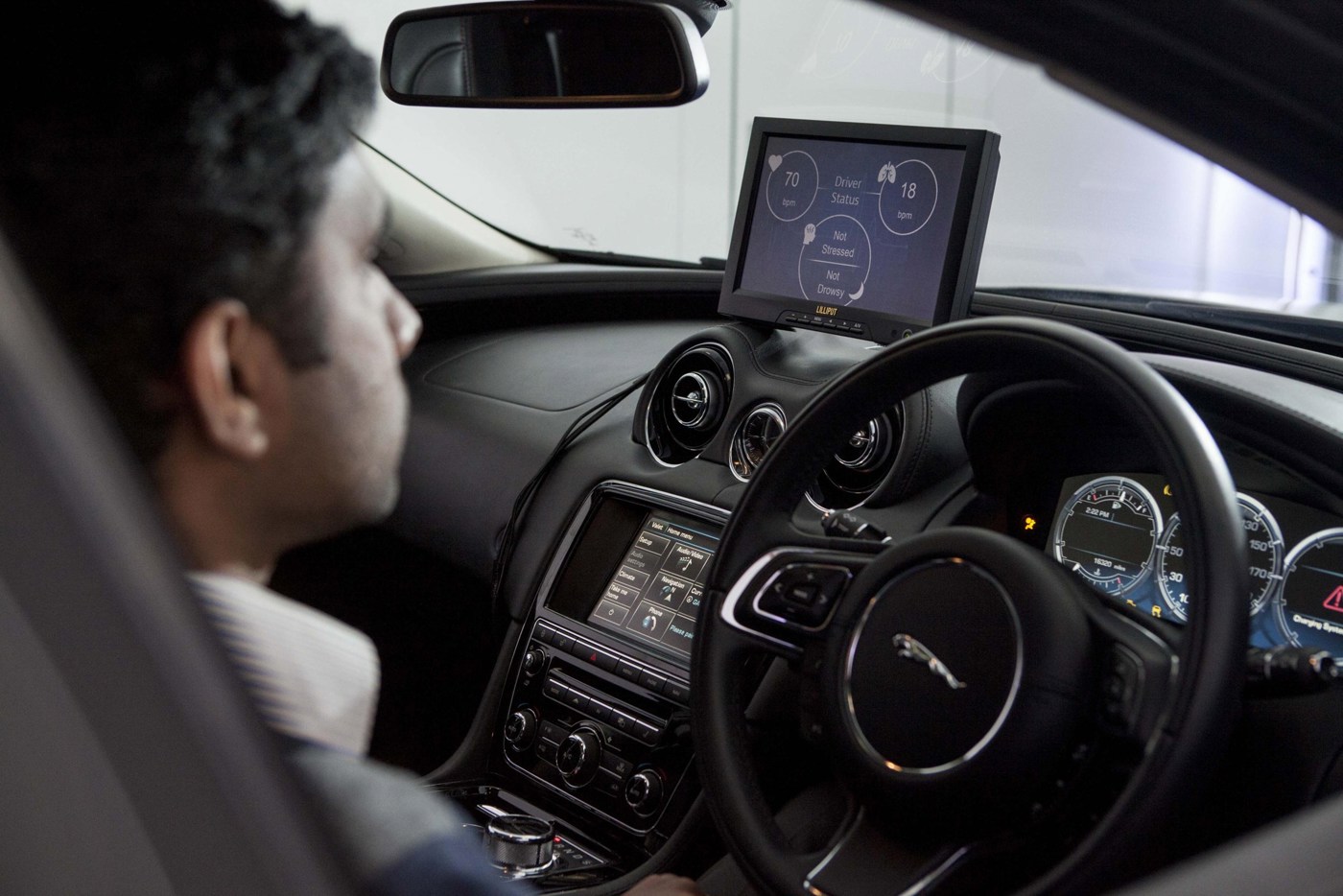
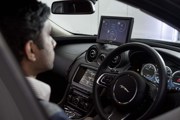
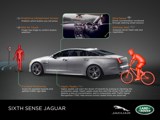
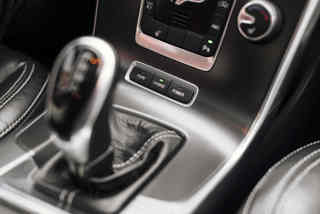


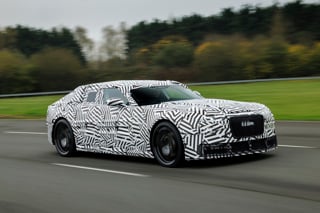













Login to comment
Comments
No comments have been made yet.